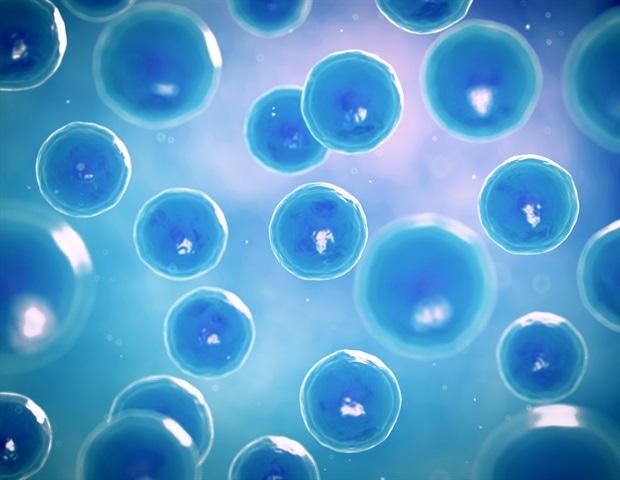A stem cell transplant may involve using tissue from the patient’s own body or tissue from a donor. When the transplant involves stem cells taken from the patient’s own body, the transplant is termed autologous. In cases where a patient receives stem cells donated by an identical sibling, the transplant is termed synergistic. In autologous or synergistic transplants, the blood of the recipient and the donor are exactly matched.

One of the side effects of a stem cell transplant that uses poorly matched blood is that the body is unable to accept the injected cells as “self” tissue and mounts an immune response against it. This is called graft rejection and can lead to severe consequences including disruption and failure of the transplant. In addition, the donor stem cells are capable of making their own immune cells, which can attack the cells of the patient’s body. This is called graft versus host disease.
In both autologous and synergic stem cell transplants, the blood used is not recognized as foreign or attacked by the immune system. However, for some individuals, an autologous transplant is not an option, especially if the bone marrow is severely affected and at risk of reinstating the cancer after transplant. In addition, most patients do not have an identical sibling who can donate the stem cells.
These individuals require an allogenic stem cell transplant, where the cells are obtained from a donor. A well-matched donor is found who may be a blood relative of the recipient or completely unrelated. An exact match is difficult unless the donor is an identical twin, but the closer the match, the less the risk of the transplant being rejected.
To ensure the donor and recipient’s bloods are closely matched, a process called tissue typing is performed where the proteins on the surface of the blood cells in both the patient and donor are checked. These proteins are called human leukocyte antigen (HLA) markers or histocompatability antigens.
Every individual has their own set of these markers and comparison of the donor and recipient blood reveals how many of these markers are shared between them. Close family members of the patients are likely to have a similar set of proteins to the patient’s and are therefore the most likely candidiates for donation.
Sources
- www.nhs.uk/Conditions/Bone-marrow-transplant/Pages/Introduction.aspx
- http://www.nhsbt.nhs.uk/stemcells/
- http://www.england.nhs.uk/wp-content/uploads/2013/04/b04-p-a.pdf
- www.cancer.org/acs/groups/cid/documents/webcontent/003215-pdf.pdf
- www.lls.org/…/bloodmarrowstemcelltransplantation.pdf
- www.ebmt.org/…/9.%20IMF_u-stemcell_d2_web.pdf
- www.cdc.gov/…/508-dba-stem-cell-transplant-fact-sheet.pdf
Further Reading
- All Stem Cells Content
- Stem Cell Sources, Types, and Uses in Research
- What are Stem Cell Transplants?
- Stem Cell Properties
- What are Stromal Cells?
Last Updated: Jun 11, 2019

Written by
Dr. Ananya Mandal
Dr. Ananya Mandal is a doctor by profession, lecturer by vocation and a medical writer by passion. She specialized in Clinical Pharmacology after her bachelor's (MBBS). For her, health communication is not just writing complicated reviews for professionals but making medical knowledge understandable and available to the general public as well.
Source: Read Full Article
